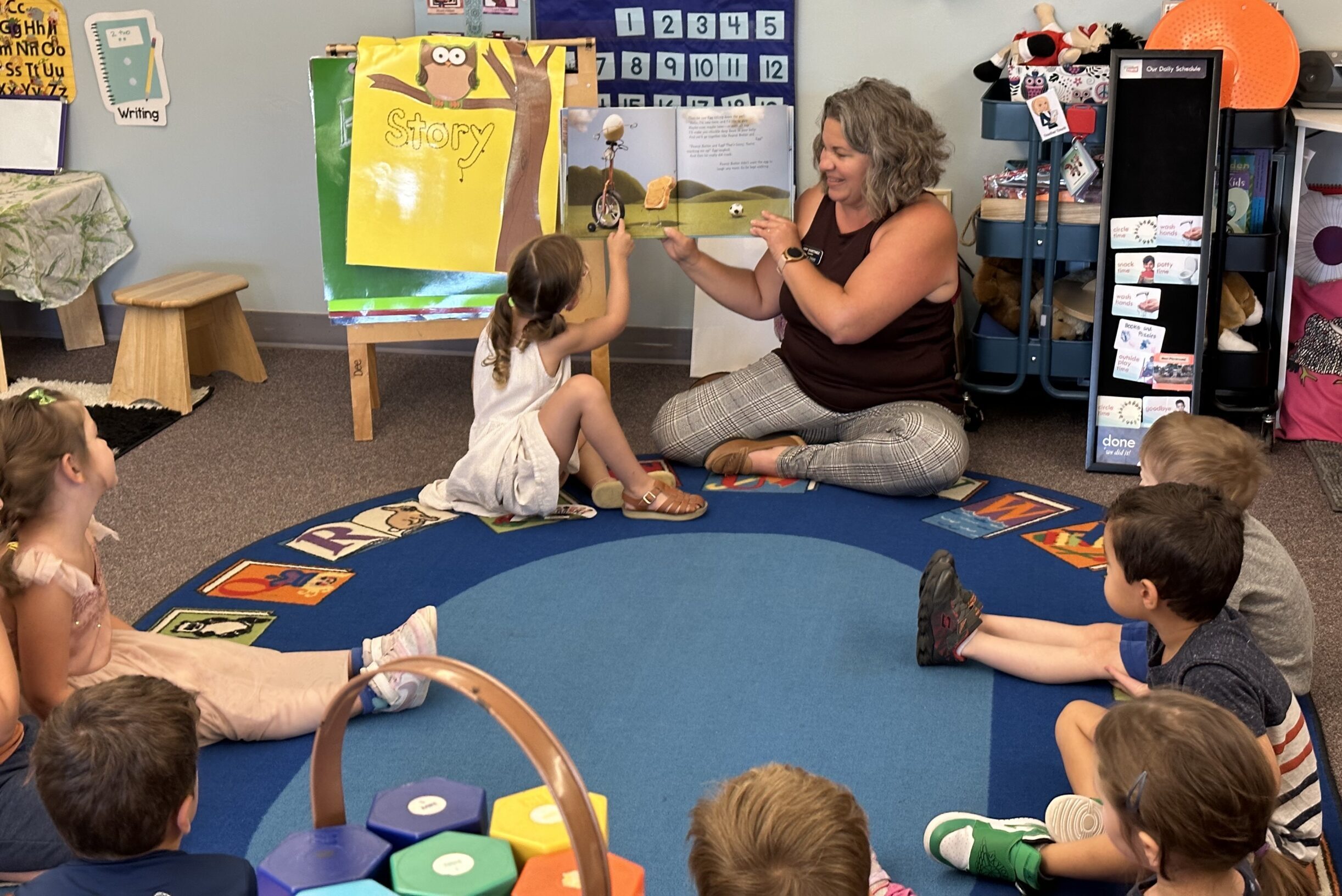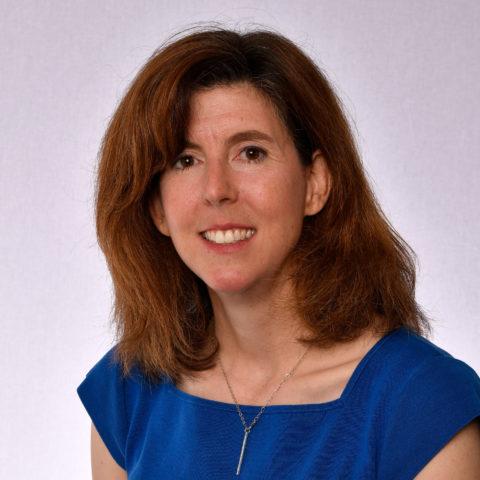Denver school officials launched an ambitious experiment five years ago. They went into neighborhoods with chronically low-performing schools and created new ones, and in some cases, they overhauled bad ones. A new report shows that the majority of the new schools are still struggling, but there are some bright spots.
Here’s a transcript of Colorado Public Radio education reporter Jenny Brundin’s story.
Reporter Jenny Brundin: Every time school officials open a new school or make a change to an old one, there’s controversy, but also fanfare about how the change will boost student achievement. Alexander Ooms is with the Donnell-Kay Foundation, a non-profit group that funds education reform projects. He says the reasons for such drastic action are clear.
Alexander Ooms: Denver, overall, maxes out in sixth grade when one in two kids can read, write and add at grade level. By the time you’re in tenth grade it’s one in three kids. So I think what you’re looking at is, we’re not sufficiently training kids to be ready to take on career or college in the modern world and we’re trying to figure out how to adjust those gaps.
Reporter: Expectations for the new schools are high, but Oom’s foundation did an in-depth analysis of the new campuses and it’s showing mixed results. Academic growth at the schools is up overall. But most are still in the bottom half of the district’s school rankings. Three of the 36 new campuses are in the bottom ten. DPS superintendent Tom Boasberg says true, but the new schools are winning the race statewide.
Tom Boasberg: When you do look at these schools compared to the district averages, it’s relatively in the middle. But when you look these schools compared to schools in the rest of the state, these schools are significantly outperforming the rest of the state. You look for example at students in poverty, roughly 80% of these schools are showing better academic growth, than similar schools statewide with similar numbers of kids in poverty.
Reporter: Ooms thinks the changes at these new schools need to be faster and more aggressive. He thinks that can be accomplished by replicating two highly successful new school models. Five of DPS’s top seven schools are new schools. All five belong to two charter school groups: West Denver Prep and the Denver School of Science and Technology. Charters are public schools that are independently run. Ooms sits on the board of West Denver Prep.
Ooms: It really is the Michael Jordans and kind of Magic Johnsons of performance in are that category.
Reporter:. Superintendent Boasberg says DPS is replicating those models. This fall there’ll be seven West Denver Prep charter schools. But he says the key is not whether a school is a charter or not; it’s whether it has the ingredients common to all high performing schools.
Boasberg: The academic program is far less important than, do you have great teachers? Do you have a good leader? Do you have a strong collaborative culture and high expectations for the kids?
Reporter: Ooms is troubled by what his study found out about a different group of new schools. They’re the controversial “re-design” schools - basically, the same school but a new principal and teachers. The report shows they rarely outperform district averages.
Ooms: My concern is that the politics are so intense now around school turnarounds and school reform that you’re going to take some schools and dress them up in new clothes and claim that they're very different, when the performance actually isn’t.
Reporter: Superintendent Boasberg acknowledges there’s tremendous political pressure to resuscitate – not replace - failing schools. He agrees, though, the data are clear that it’s better to replace them. He also knows that academic growth at some schools isn’t happening fast enough to get kids ready for college. Ooms hopes the study prompts more discussion about how to make that happen.
[Photo: CPR]









